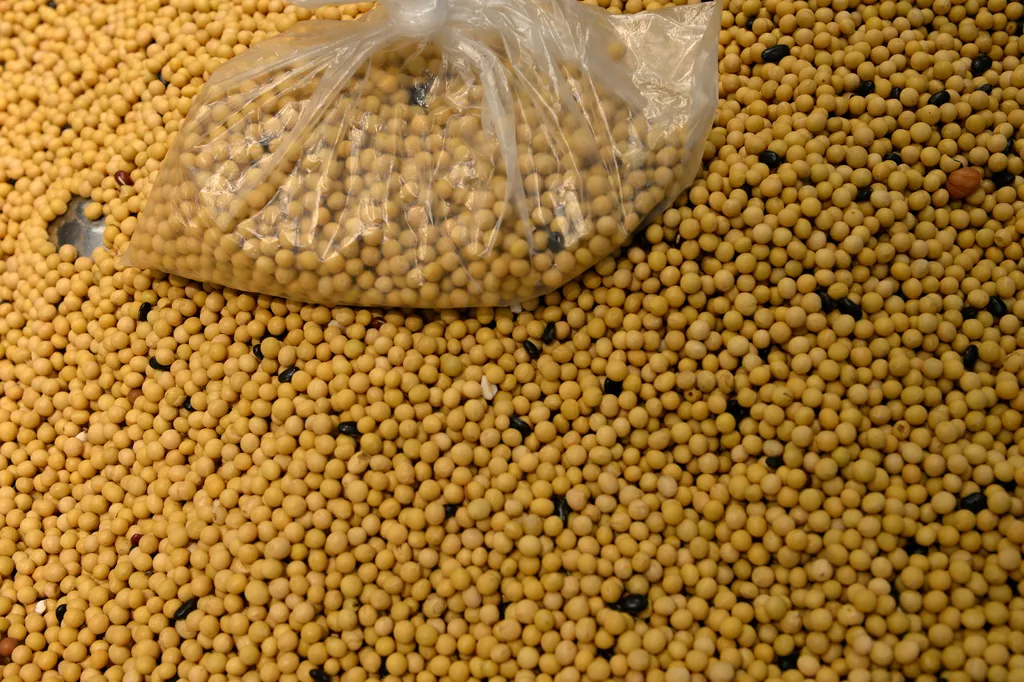In the heart of China’s Yangtze River Basin, a groundbreaking discovery is reshaping our understanding of crop rotation and its impact on soil health and productivity. Researchers, led by Yu Liu from the National Key Laboratory of Crop Genetic Improvement at Huazhong Agricultural University, have uncovered a fascinating interplay between soybeans, rapeseed, and the microscopic world of soil bacteria. Their findings, published in the *Journal of Advanced Research* (which translates to the *Journal of Advanced Research* in English), could revolutionize sustainable agricultural practices and boost yields in a region crucial for global energy crops.
The study focuses on the soybean-rapeseed rotation system, a common practice in the Yangtze River Basin. Soybeans, known for their nitrogen-fixing abilities, form symbiotic relationships with bacteria in their root systems, enriching the soil with essential nutrients. However, the exact mechanisms behind the enhanced growth of rapeseed following soybean cultivation have remained a mystery—until now.
Liu and his team investigated the impact of soybeans with different nodulation capabilities on subsequent rapeseed growth. They found that supernodulating soybeans, which release the most nitrogen into the soil, significantly boosted rapeseed yield. The key to this enhancement lies in the soybean’s root exudates—the chemicals released by the roots—which shape the rhizosphere microbiome, the community of microorganisms living in the soil around plant roots.
“Soybean nodulation capability directly influences root exudation, which in turn affects the bacterial communities in the rhizosphere,” Liu explained. The researchers discovered that supernodulating soybeans secreted oleic acid and cis-4-hydroxy-D-proline, compounds that promoted the growth of Sphingomonadaceae bacteria. These bacteria, in turn, were further attracted to the roots through the continued secretion of cis-4-hydroxy-D-proline, creating a beneficial feedback loop.
The implications of this research are profound. By understanding and harnessing the power of these microbial interactions, farmers can optimize crop rotation systems to enhance soil health and increase yields. This is particularly relevant for the energy sector, as rapeseed is a crucial source of biodiesel. Improving rapeseed yields through sustainable practices could contribute significantly to the production of renewable energy.
Moreover, the study highlights the importance of microbial dynamics in sustainable agriculture. “Our data definitively demonstrated the crucial role of previous soybean cultivation in enhancing the yield of rapeseed, with the assistance of Sphingomonadaceae bacteria and rhizobia,” Liu said. This insight could pave the way for developing targeted microbial inoculants that enhance crop growth and resilience.
As the world grapples with the challenges of climate change and food security, this research offers a promising avenue for sustainable agriculture. By leveraging the natural interactions between plants and microorganisms, farmers can boost productivity while minimizing environmental impact. The findings from Liu’s team not only shed light on the intricate world of soil microbiomes but also provide a roadmap for future agricultural innovations.
In a world where every bushel counts, understanding the hidden mechanisms of soil health could be the key to unlocking the next agricultural revolution. And as Liu’s research shows, the answers may lie not just in the plants we grow, but in the microscopic allies that thrive beneath our feet.

